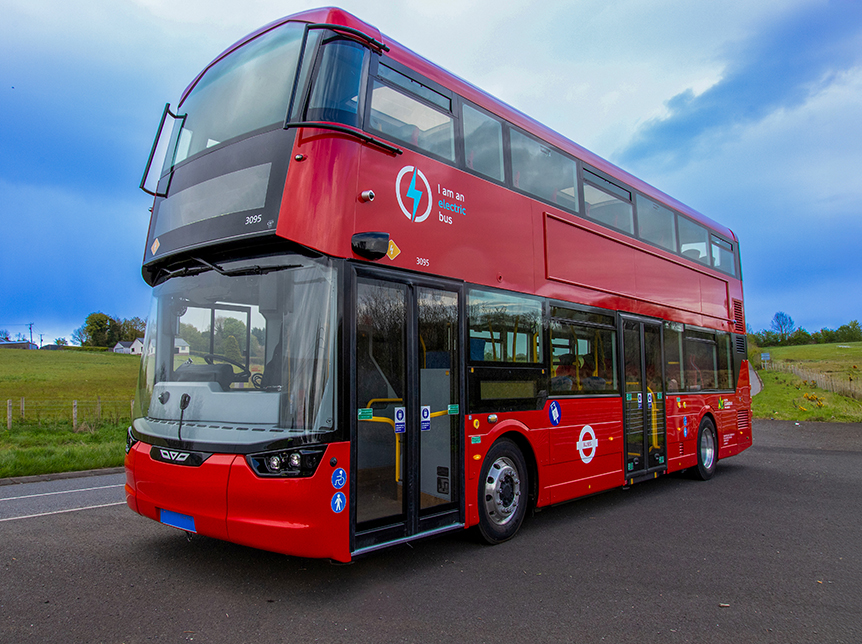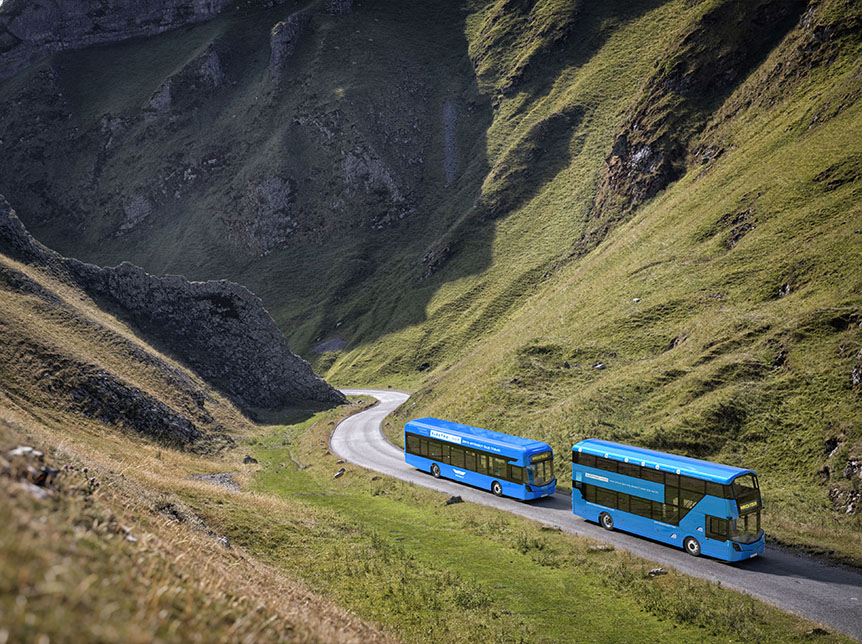
Urban transportation systems rely on a variety of vehicles to meet the diverse needs of commuters. Among these, the single deck bus and the double deck bus stand out as essential components, each offering unique advantages. Let's explore the roles, benefits, and distinctions of these two types of buses in enhancing urban mobility.
Single Deck Bus: The Agile Urban Workhorse
The single deck bus is a staple in public transportation networks worldwide. Characterized by its single-level design, this type of bus is known for its versatility, efficiency, and ability to navigate the often congested streets of urban environments.
Advantages of Single Deck Buses:
Maneuverability: Single deck buses are typically more agile and easier to maneuver through narrow city streets and tight corners compared to their double deck counterparts. This makes them ideal for routes with frequent stops and high traffic volumes.
Flexibility: Available in various sizes and configurations, single deck buses can be tailored to meet specific route demands, ranging from small community shuttles to larger city buses. This flexibility allows transit agencies to optimize their fleets according to passenger needs and route characteristics.
Accessibility: Single deck buses often feature low-floor designs, making it easier for passengers, including those with disabilities or mobility issues, to board and alight. This enhances overall accessibility and ensures that public transportation is inclusive.
Operational Efficiency: With lower fuel consumption and maintenance costs, single deck buses offer a cost-effective solution for urban transit agencies. Their efficient operation helps reduce the overall environmental footprint of public transportation.
Double Deck Bus: Maximizing Passenger Capacity
The double deck bus is renowned for its distinctive two-level design, offering a unique combination of increased passenger capacity and scenic views. These buses are a common sight in major cities, providing efficient transportation solutions for busy urban routes.
Advantages of Double Deck Buses:
Higher Capacity: The primary advantage of double deck buses is their ability to carry more passengers without requiring additional road space. This is particularly beneficial on high-demand routes, reducing the need for multiple buses and easing congestion.
Scenic Views: The upper deck of a double deck bus provides passengers with panoramic views of the city, enhancing the travel experience. This feature is especially popular with tourists, making double deck buses a valuable asset for city tours and sightseeing routes.
Efficient Use of Space: Double deck buses optimize urban space by transporting more passengers within the same footprint as a single deck bus. This makes them a practical solution for densely populated cities where road space is at a premium.
Reduced Traffic Congestion: By consolidating passenger loads into fewer vehicles, double deck buses help decrease the number of buses on the road, thereby reducing traffic congestion and improving overall traffic flow.
Complementary Roles in Urban Transit
Both single deck buses and double deck buses play crucial roles in urban transportation, complementing each other to create a robust and efficient transit system. Single deck buses excel in flexibility and accessibility, making them suitable for local routes with frequent stops and varied passenger needs. On the other hand, double deck buses shine on high-capacity routes, providing efficient transportation for large numbers of passengers and enhancing the overall travel experience.
Conclusion
In conclusion, the single deck bus and the double deck bus are integral to modern urban transit systems, each offering distinct advantages that cater to different aspects of urban mobility. Single deck buses provide maneuverability, flexibility, and accessibility, making them ideal for diverse urban routes. Double deck buses, with their higher capacity and scenic views, are perfect for busy routes and tourist destinations. Together, these buses help cities manage traffic, reduce emissions, and provide reliable, efficient, and enjoyable public transportation for residents and visitors alike. By leveraging the strengths of both types of buses, urban transit agencies can create a balanced and effective transportation network that meets the needs of a growing urban population.
Read more
Single Decker Electric Buses: Paving the Way for Sustainable Public Transport
Read onThe Double Decker Electric Buses: Revolutionizing Urban Transportation
Read onElectric Buses and Hydrogen Vehicles: Driving the Future of Sustainable Transportation
Read onHybrid Buses: The Future of Sustainable Double Decker Transportation
Read onThe Future of Public Transit: Single Decker Buses and Hydrogen Fuel Cell Vehicles
Read onExploring the Future of Transportation: Battery Electric Vehicles and Double Decker Buses
Read onLondon's Bendy Bus Legacy and the Innovation of London Electric Vehicle Company
Read onPioneering Zero-Emission Transport: The Rise of Electric Bus Companies in the UK
Read onEmbracing Tomorrow's Roads: Zero-Emission vs. Battery Electric Vehicles
Read onThe Perfect Blend: Exploring Hybrid Electric Vehicles and the Role of Coach Builders
Read on
Get in touch
Wrightbus has been at the forefront of transport innovation since 1946, relentlessly pushing the boundaries with its commitment to quality, style and safety.





























